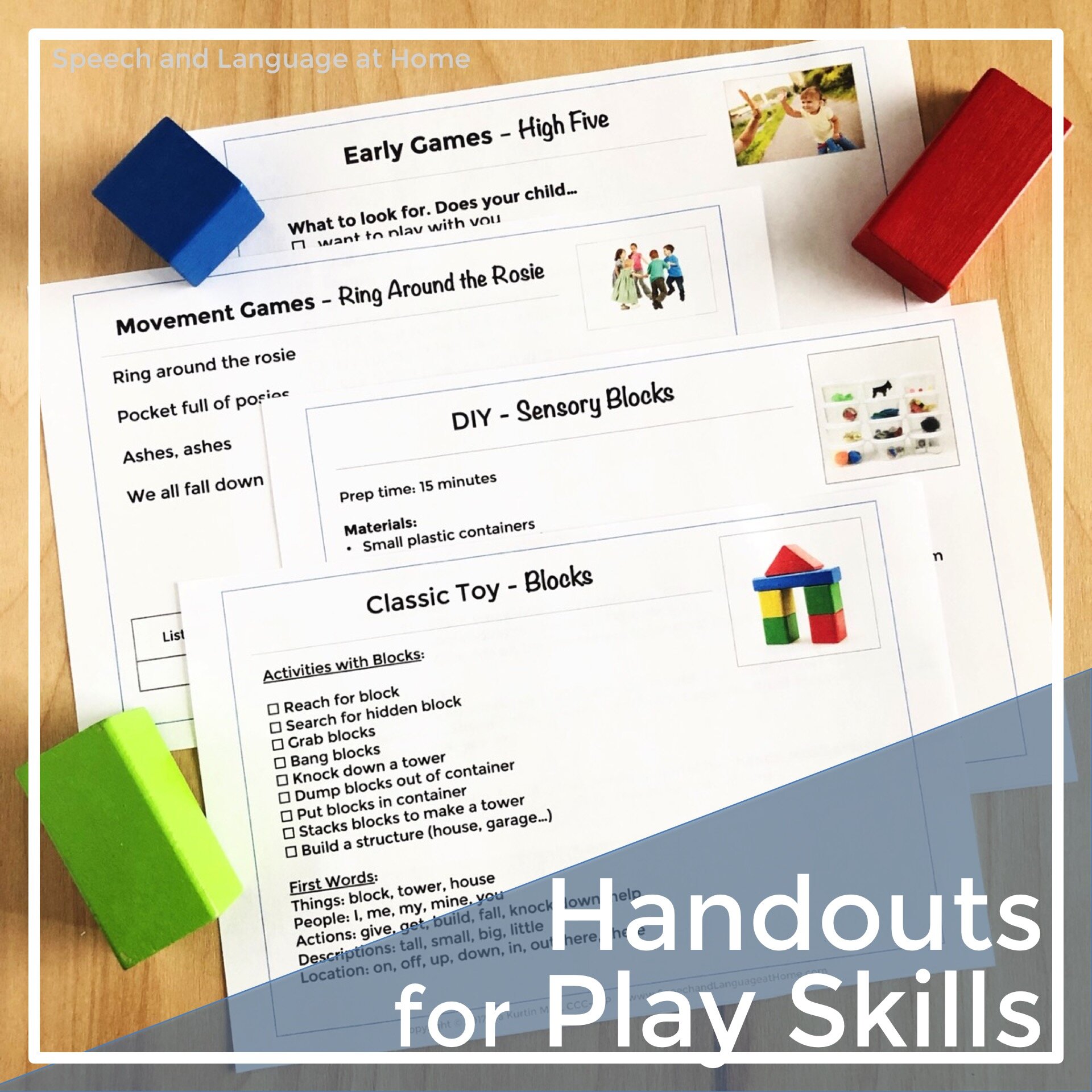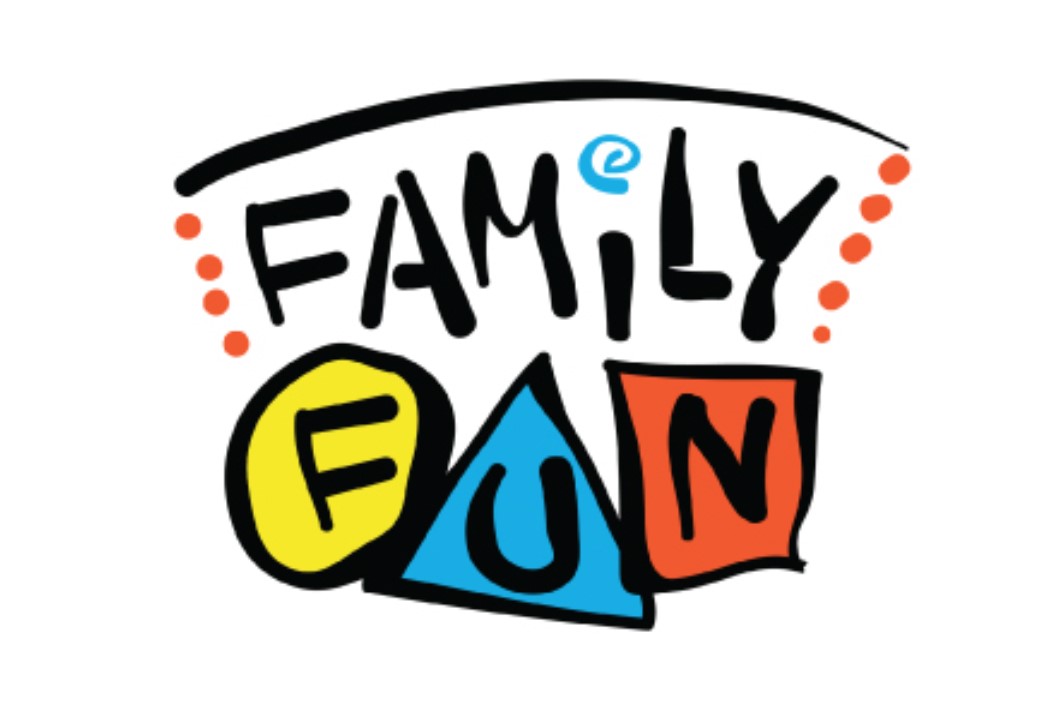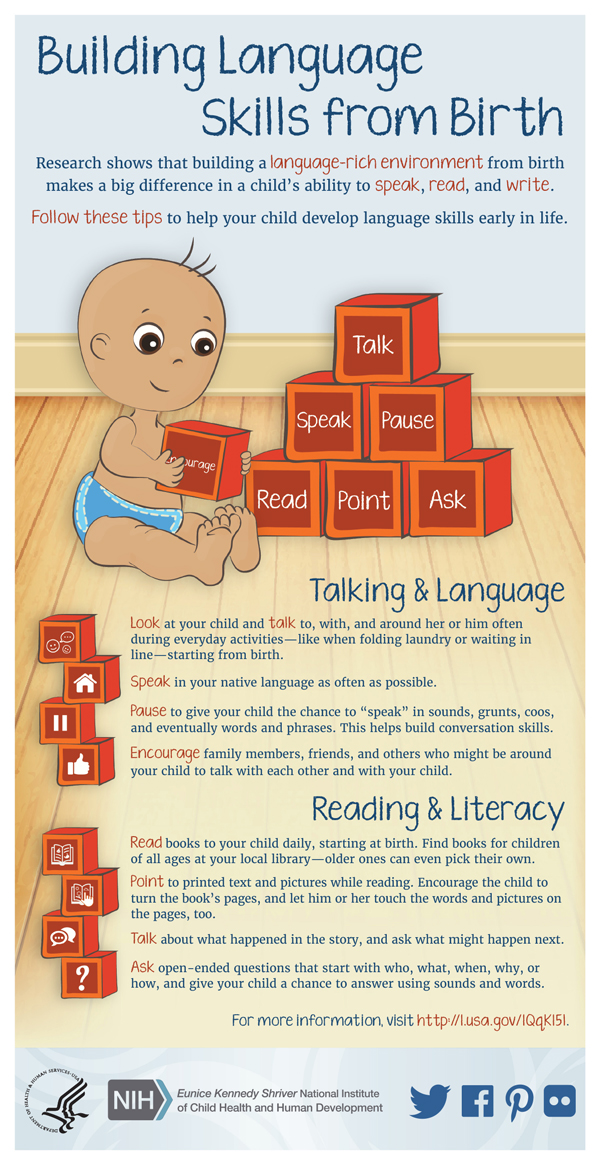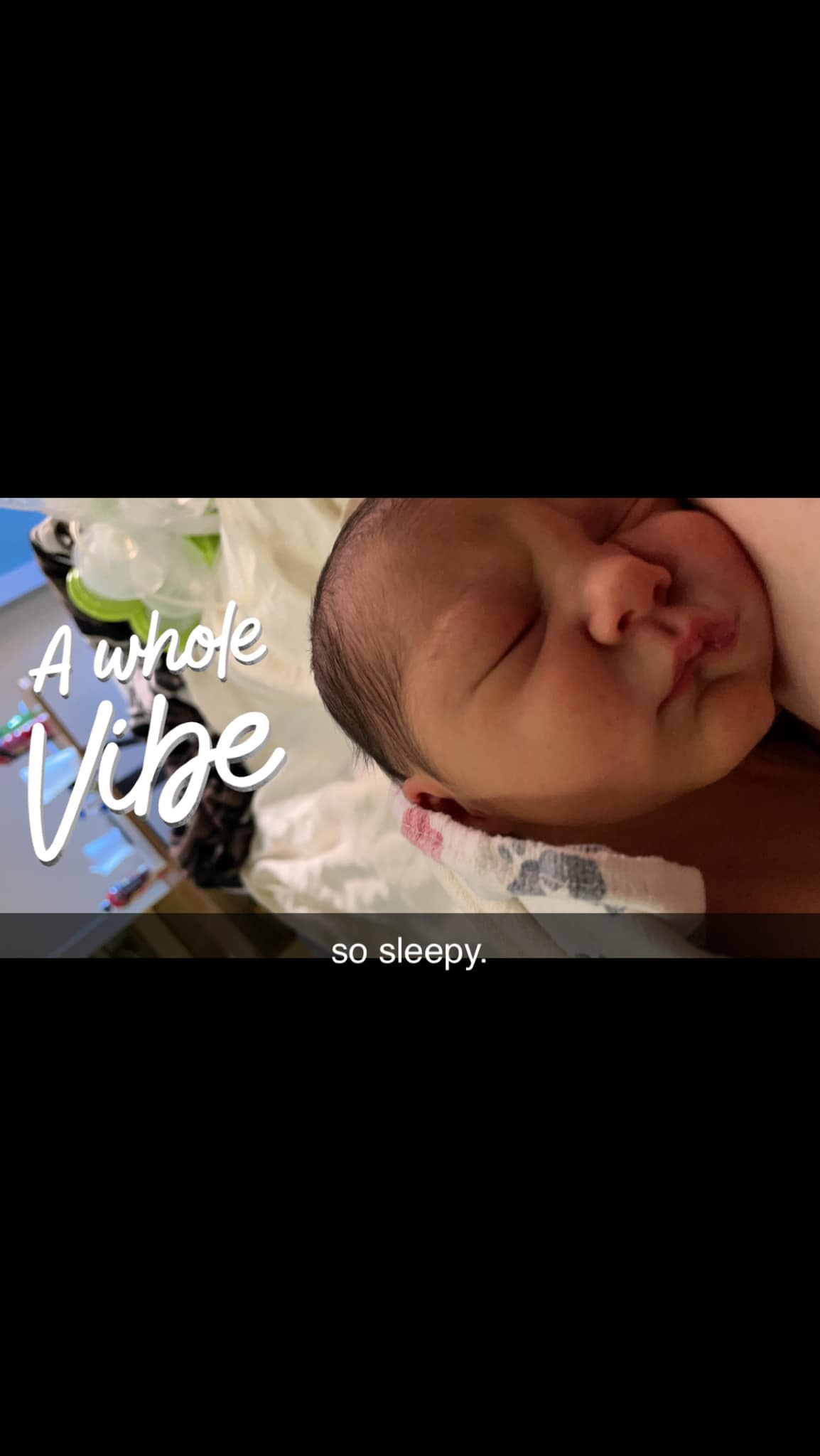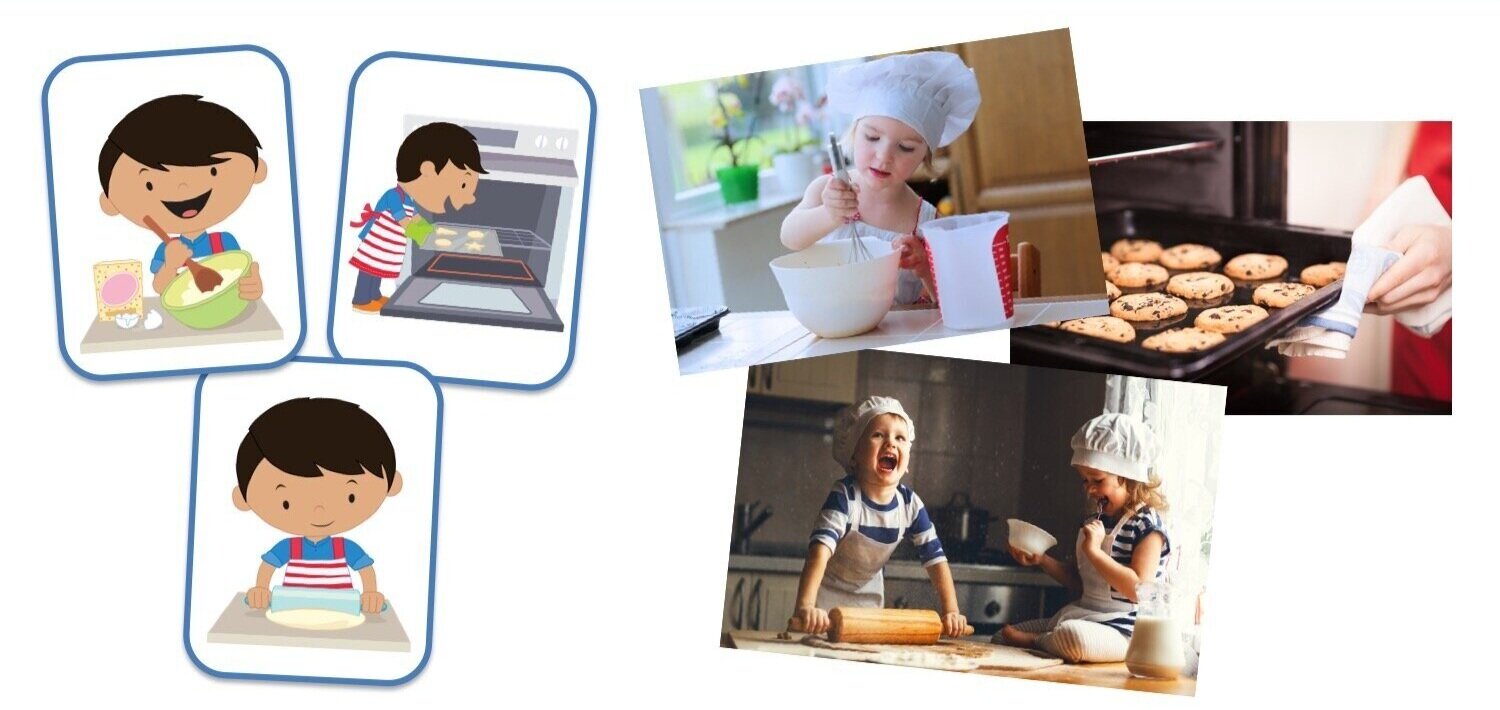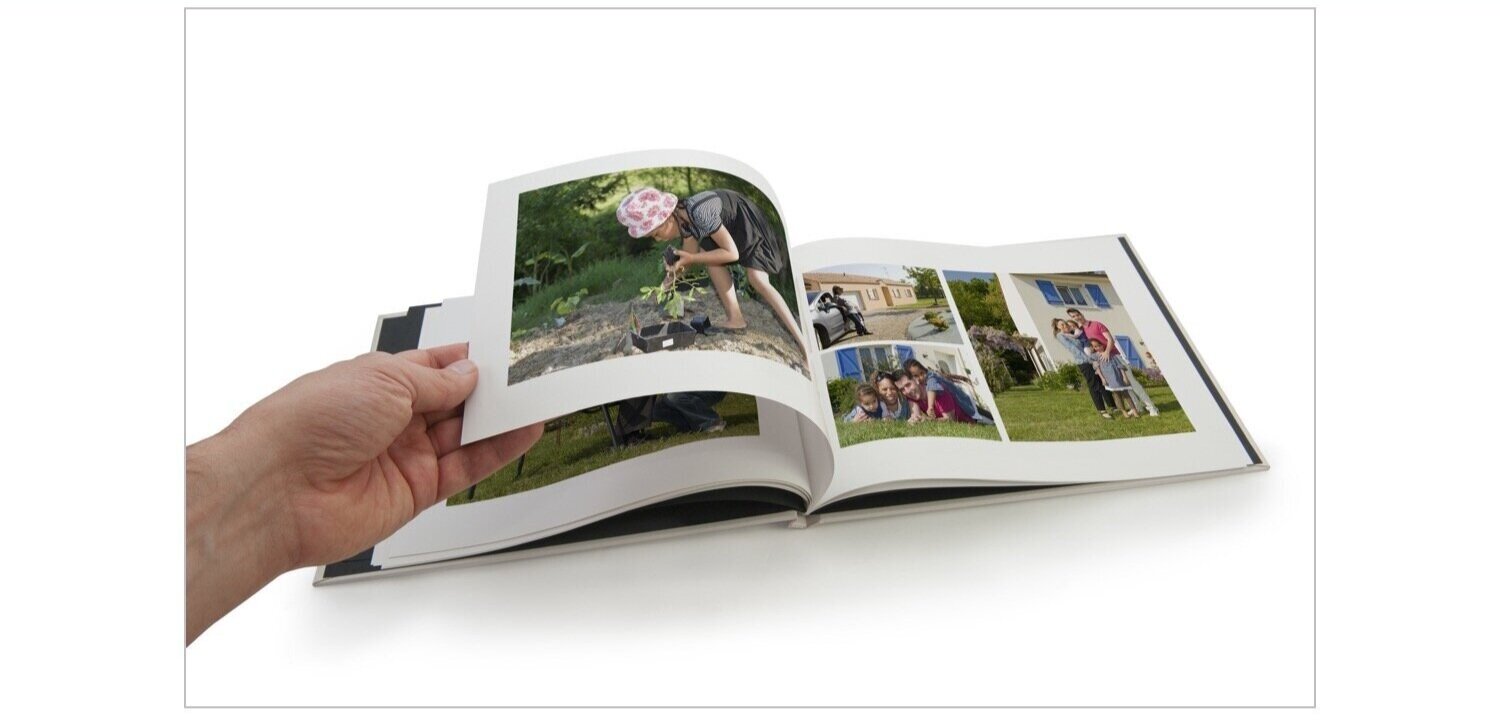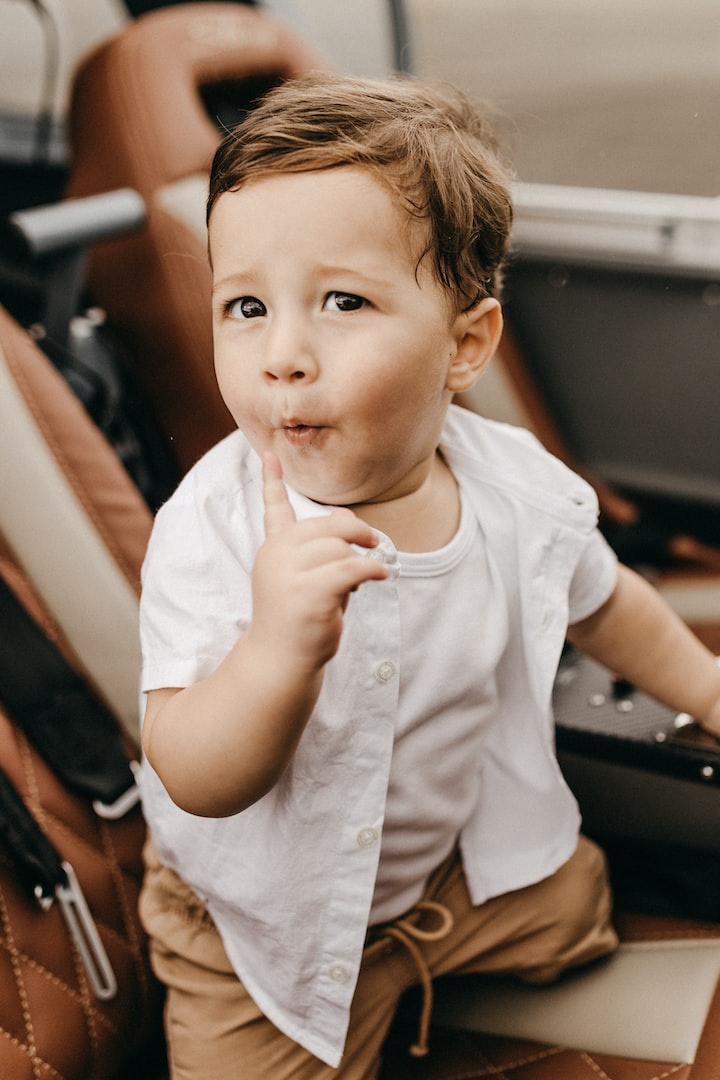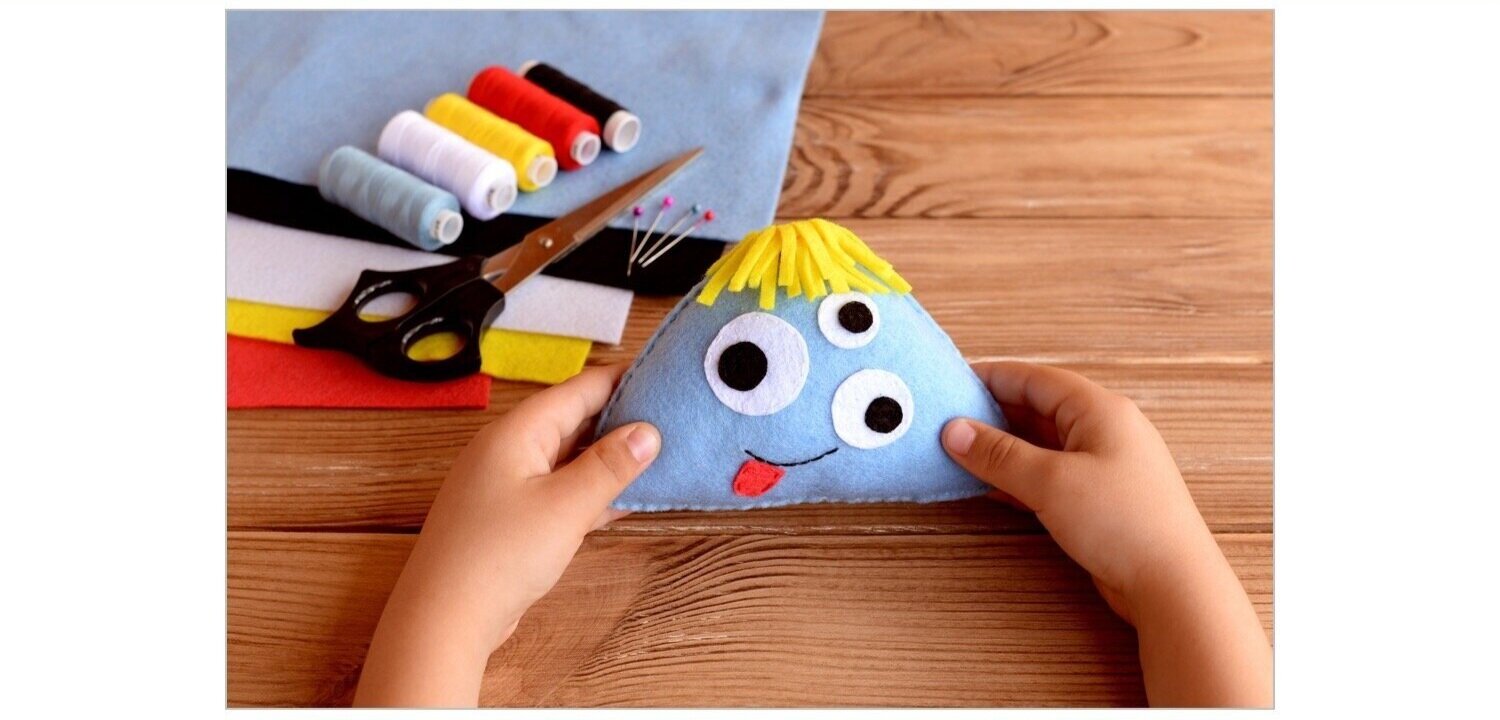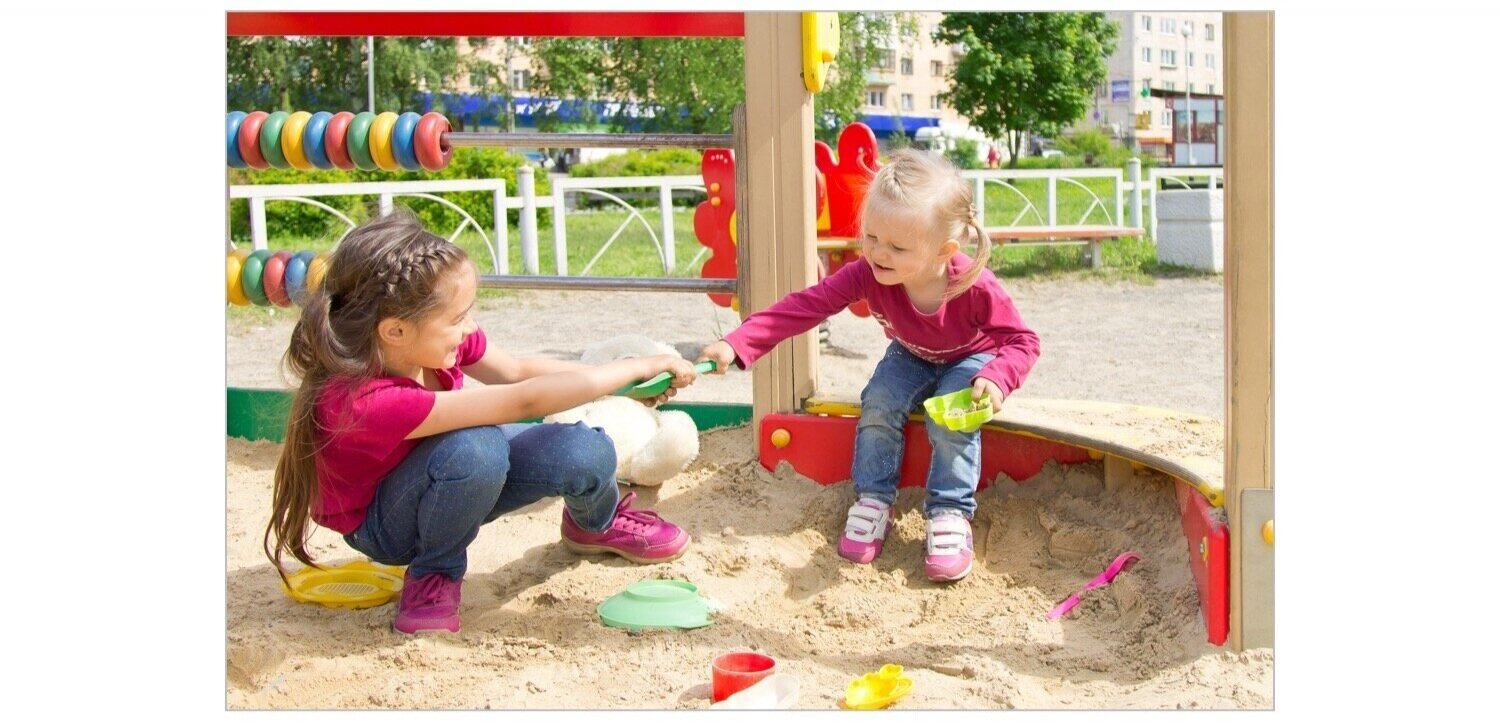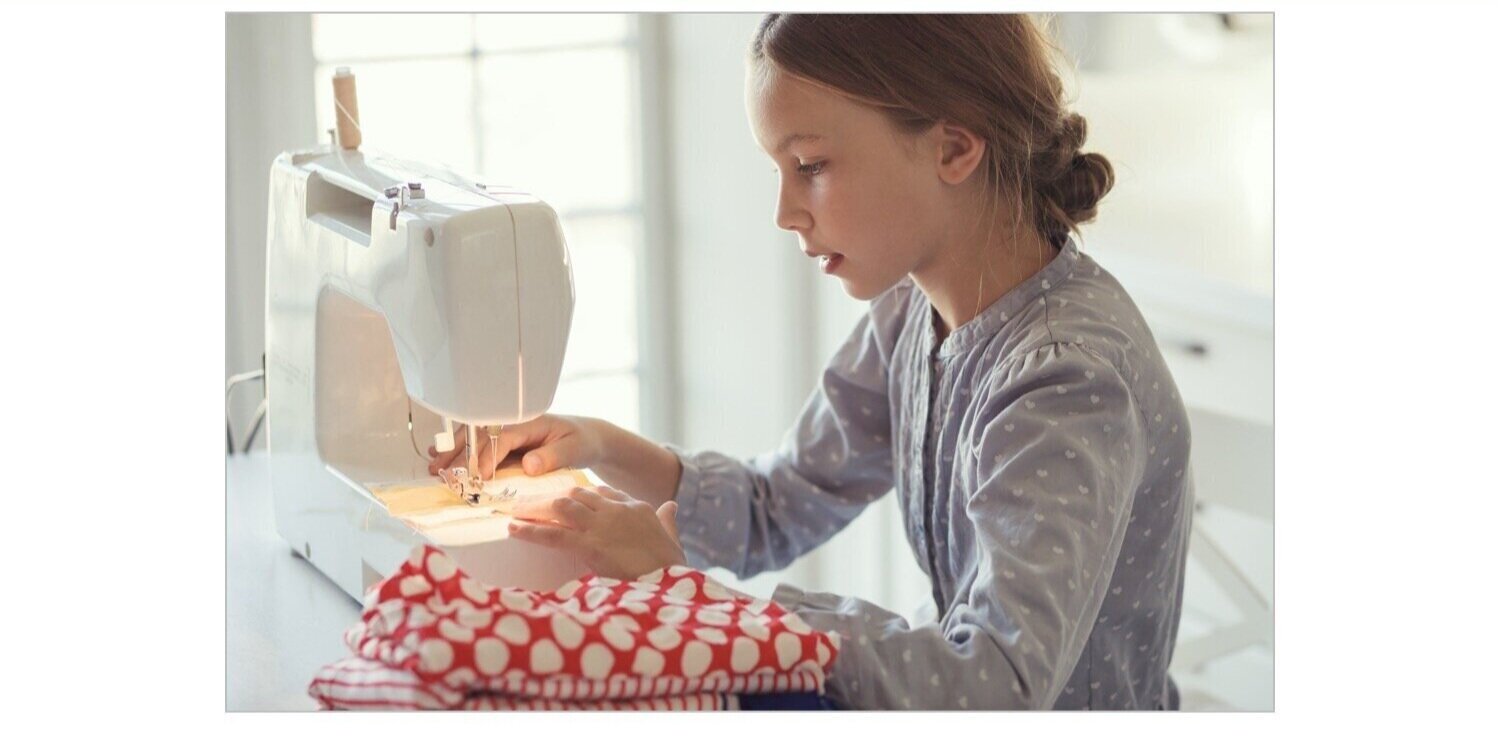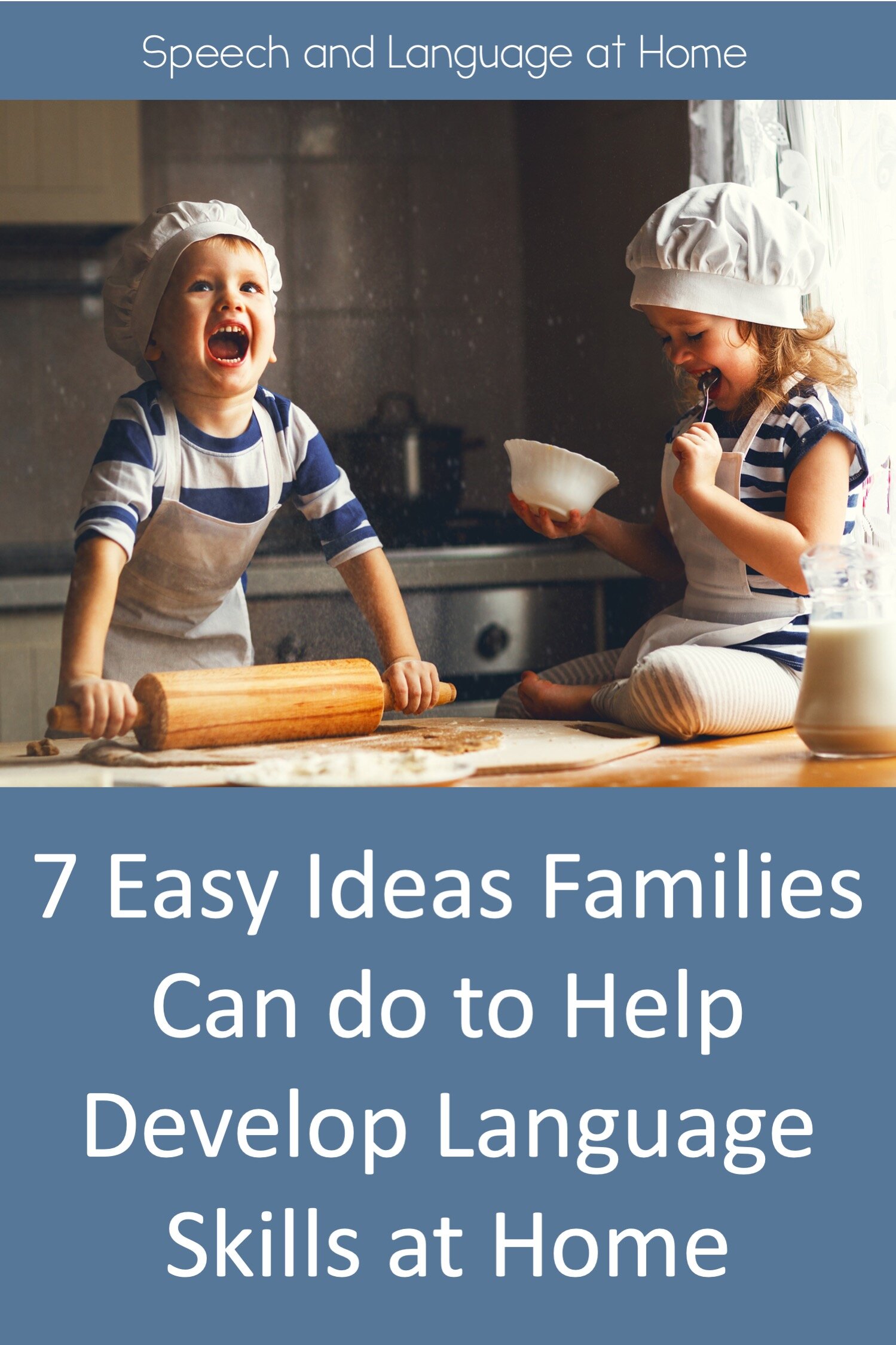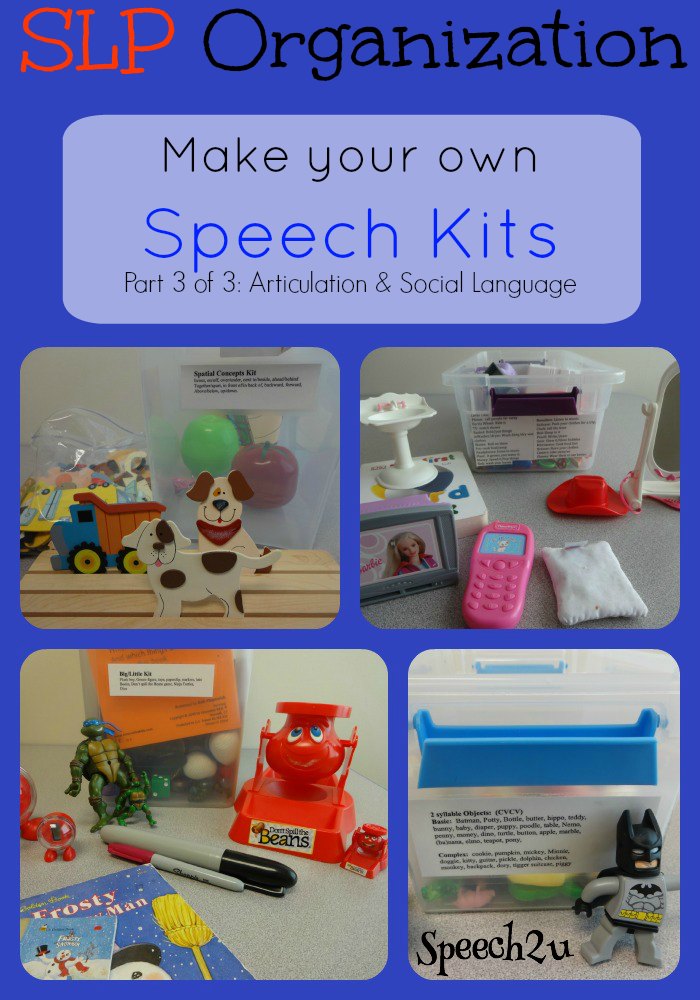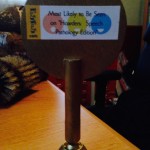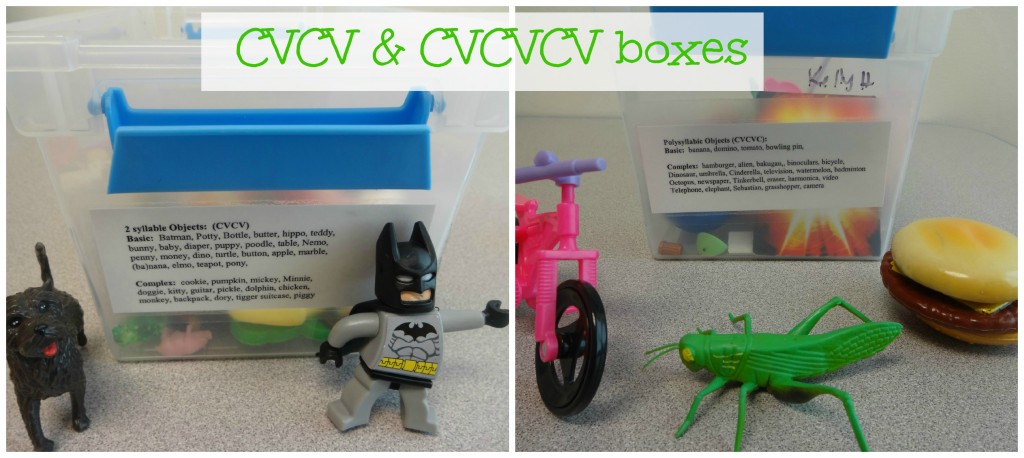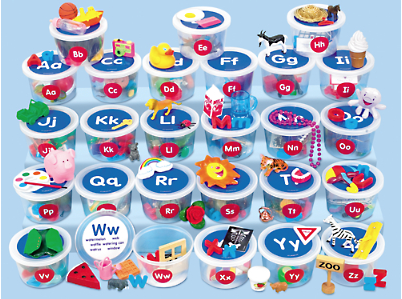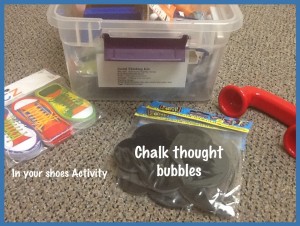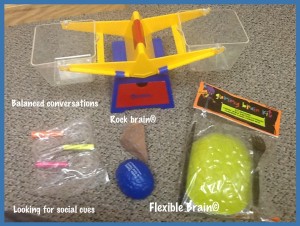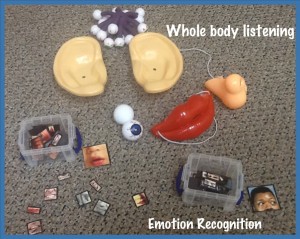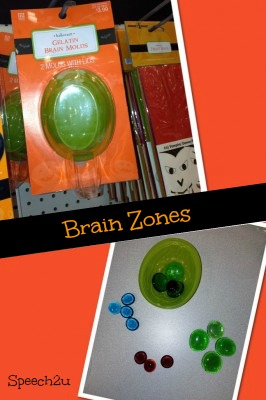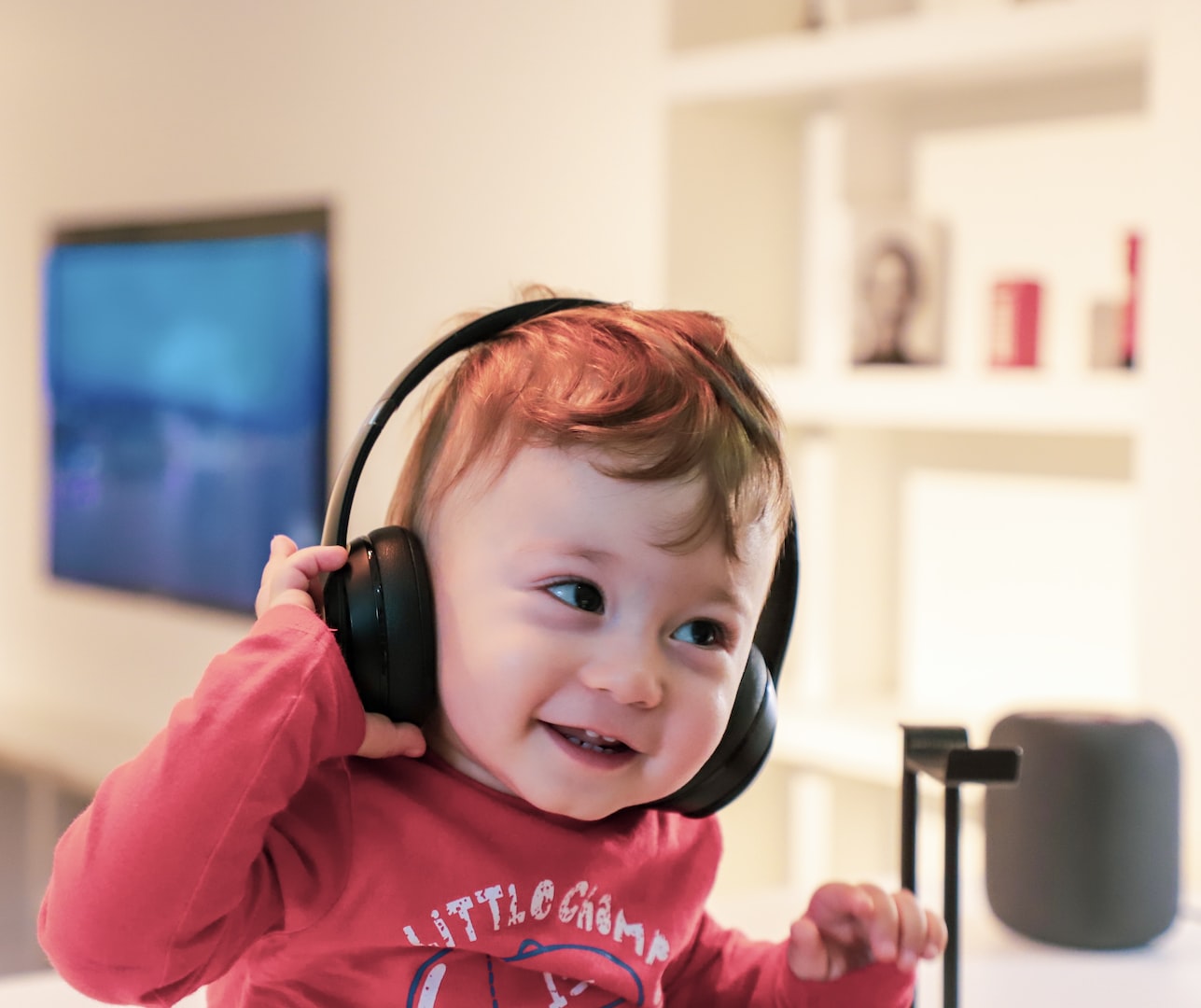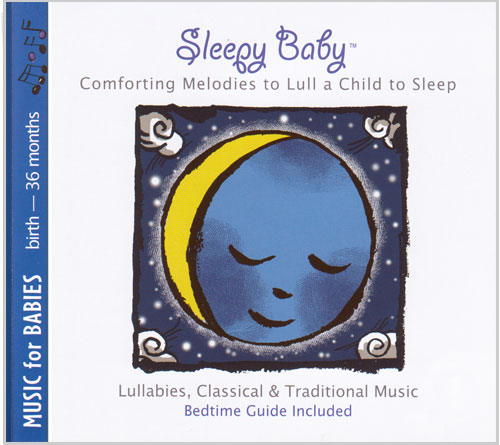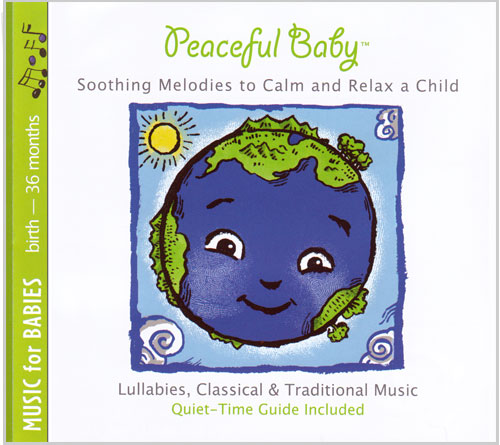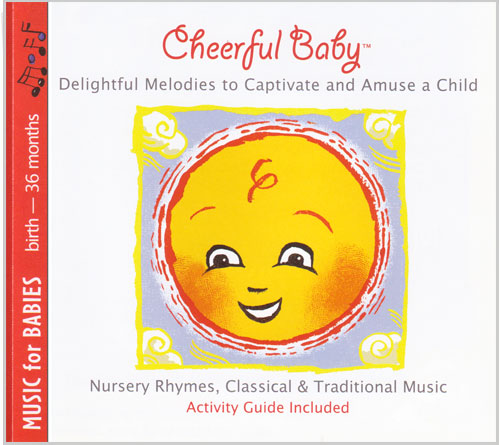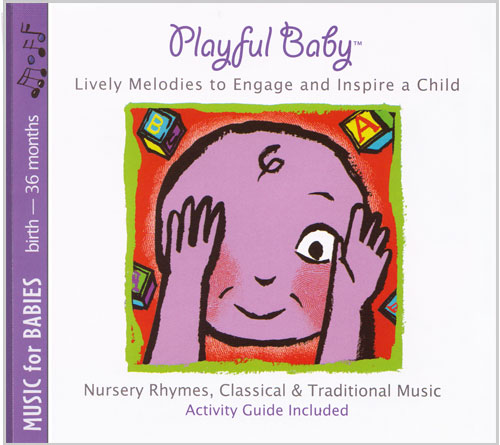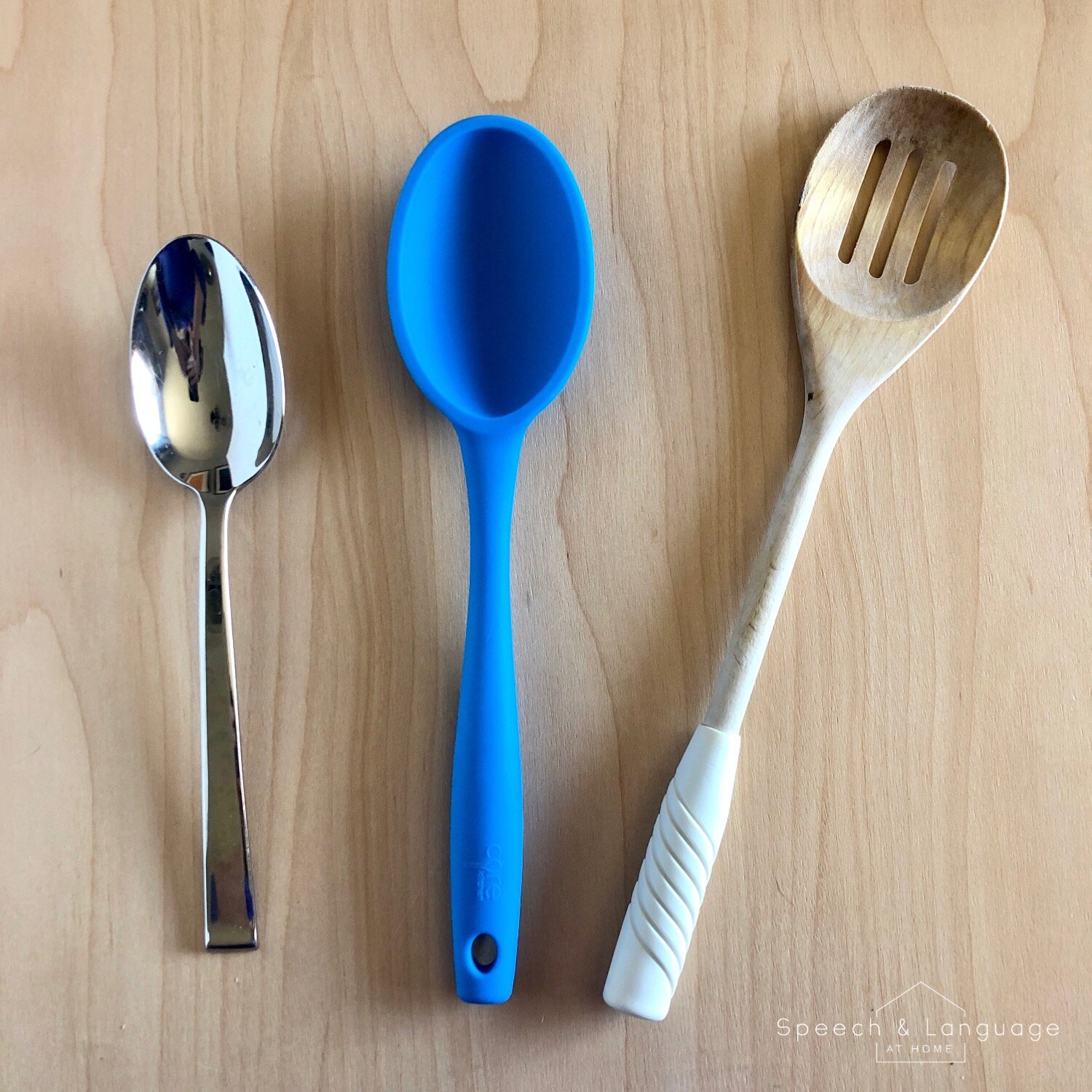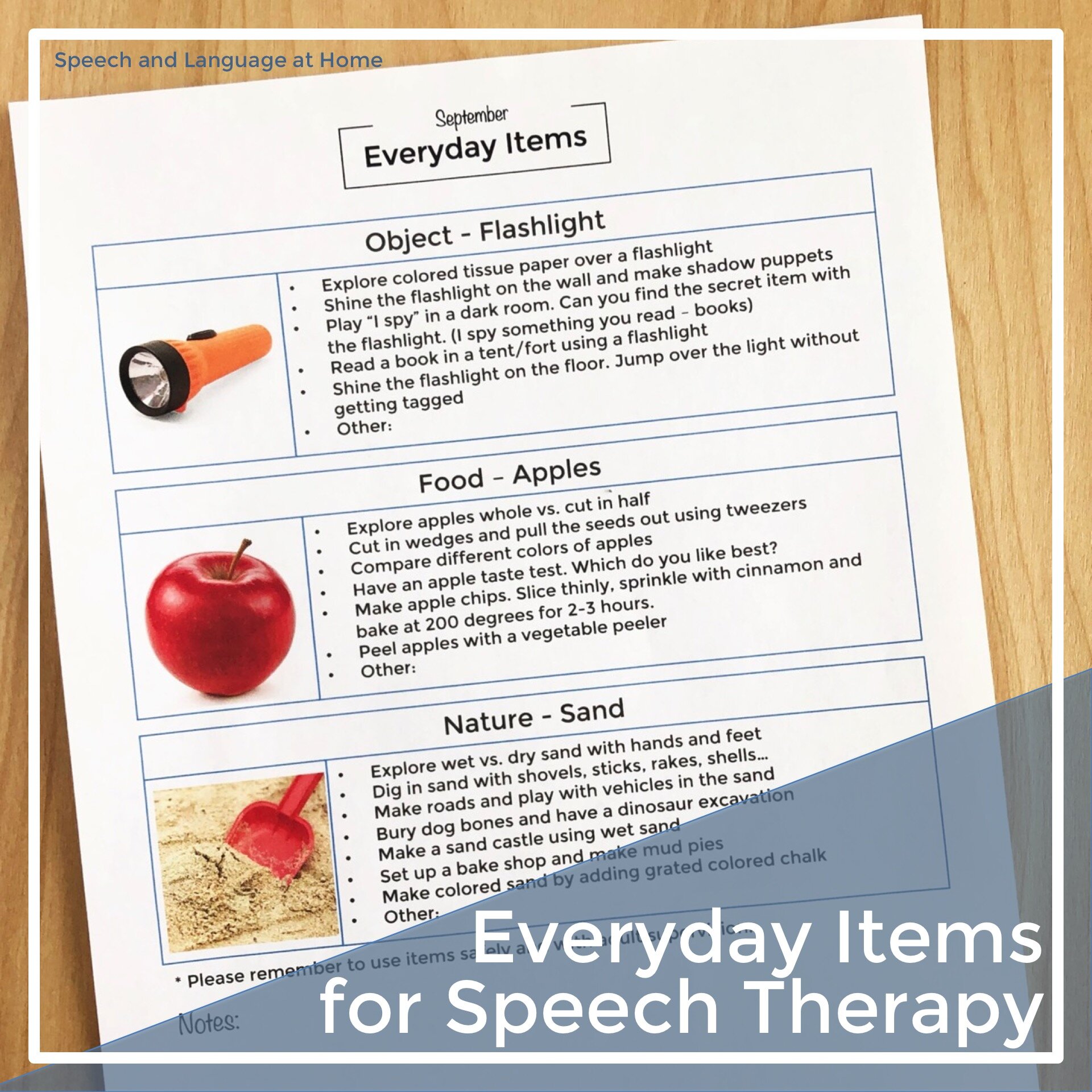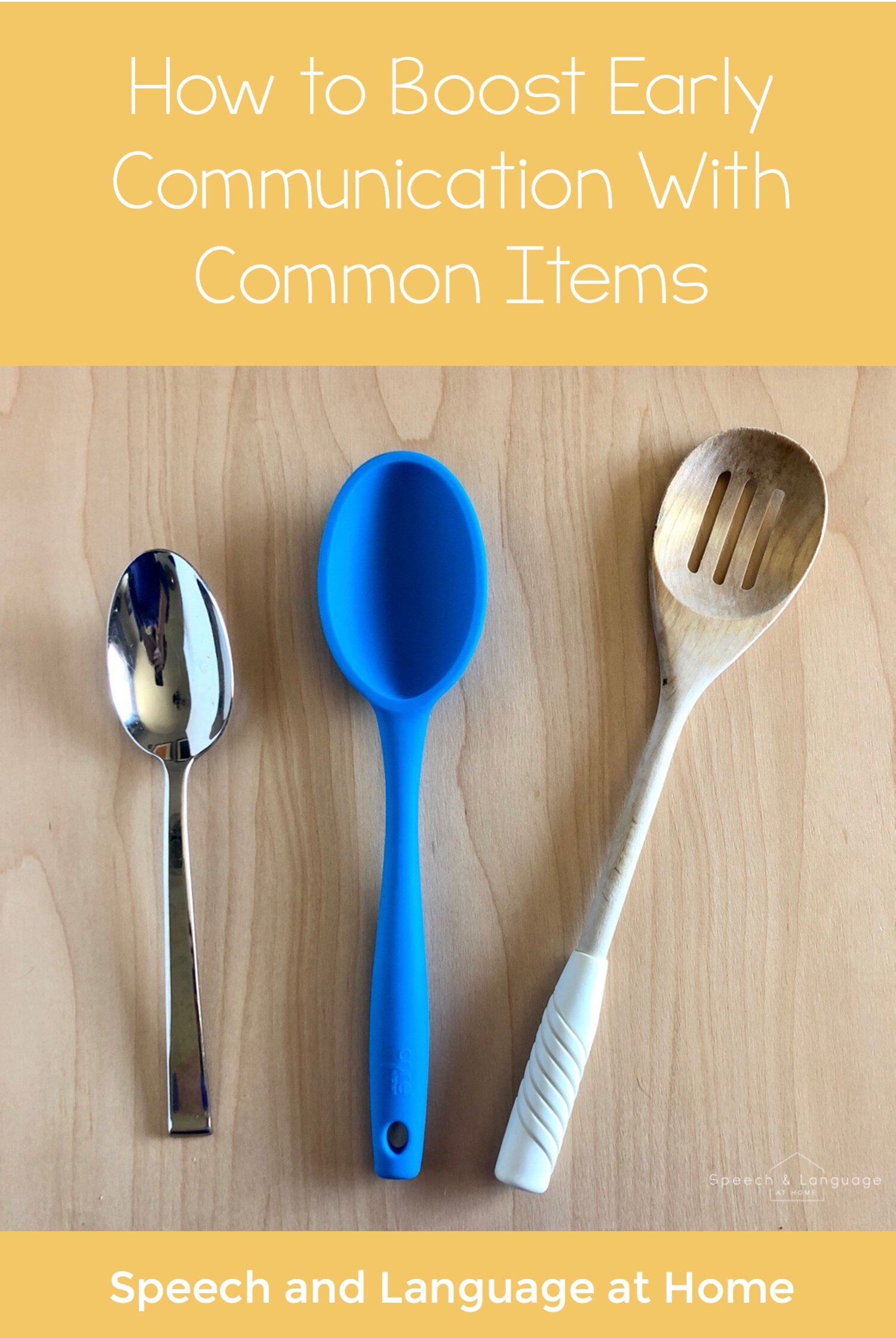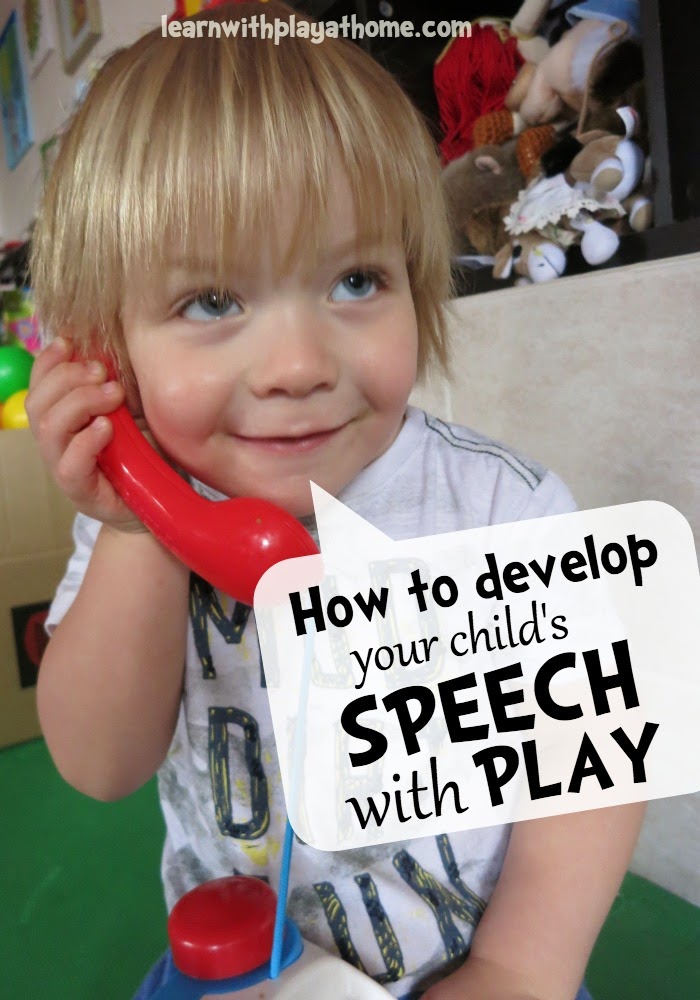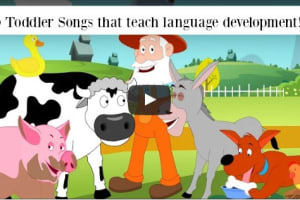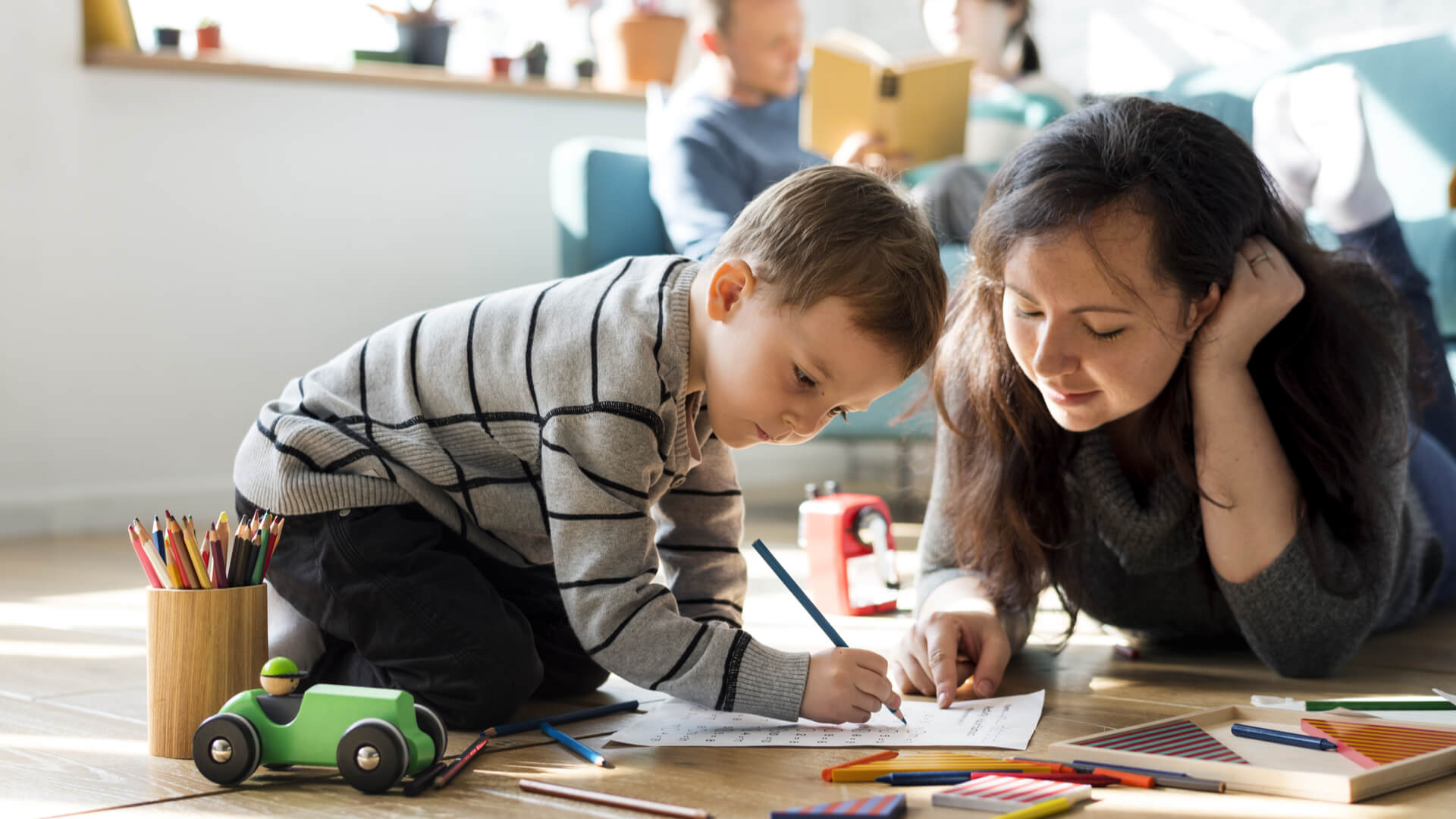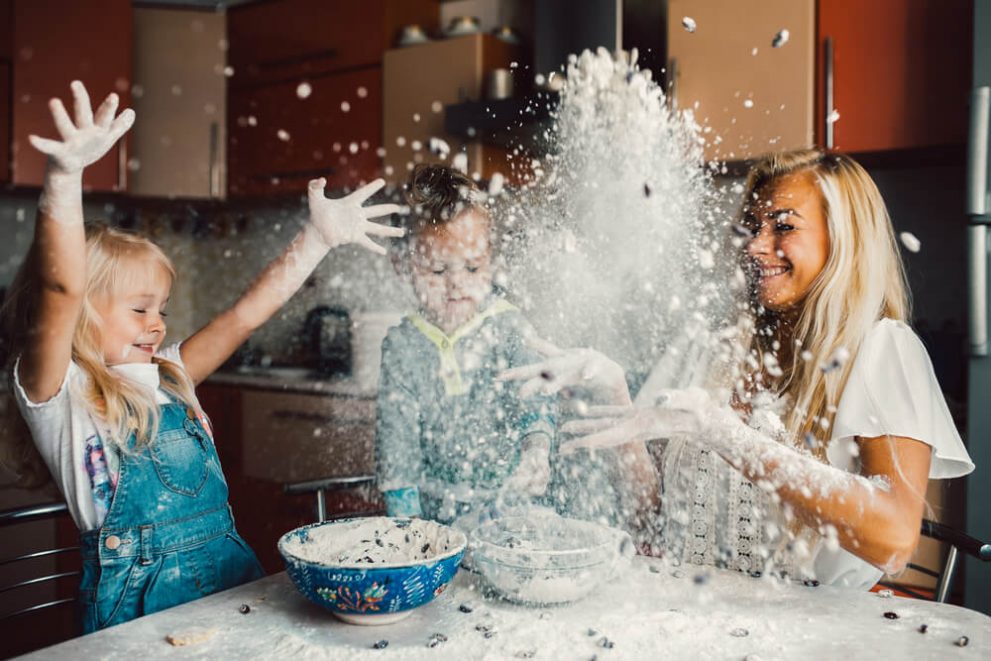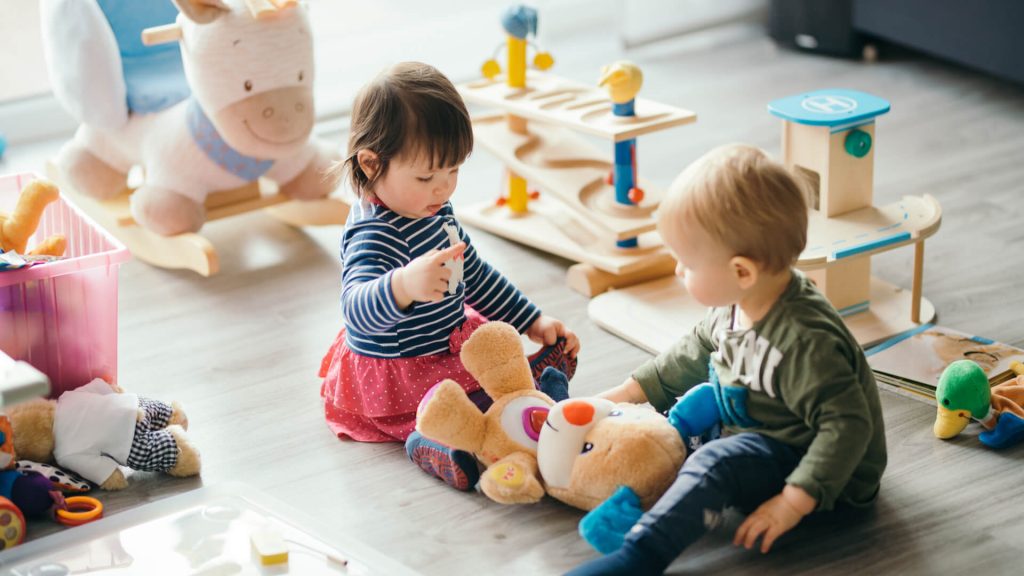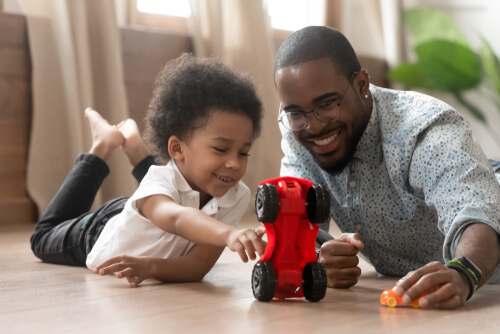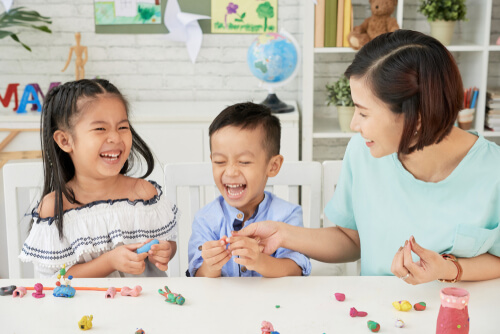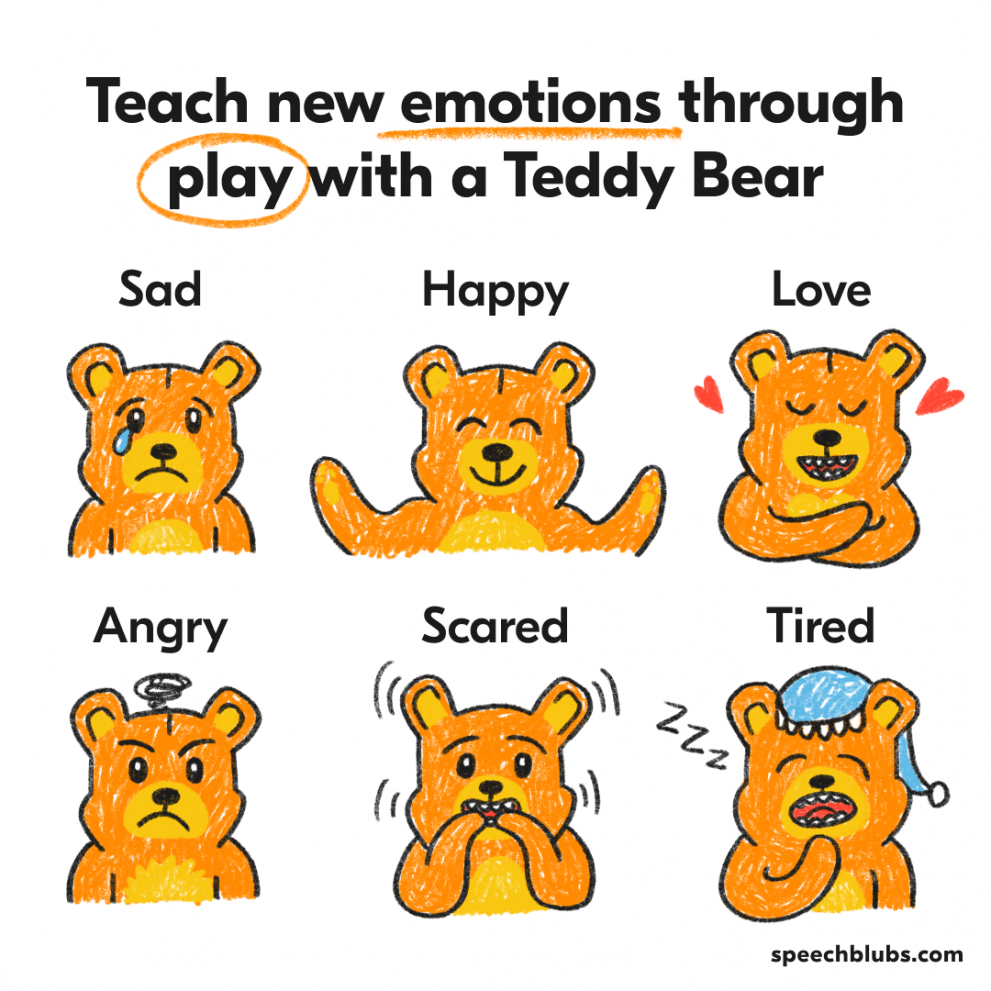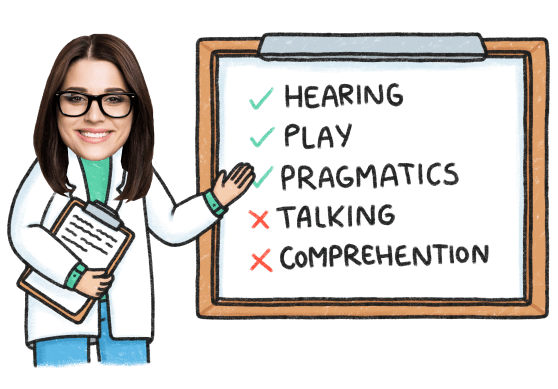How to Promote Speech and Language Development
With Easy Movement Activities
Did you know that movement activities may help to improve your child's speech and language development? Here are three to try today!
Kids love to move.
Kids need to move.
We need kids to move.
You’ve likely heard about the extensive benefits of physical activity, over and over again. Movement activities help kids sleep soundly and stay calm. They help reduce their problem behaviors and improve their cognitive skills. They increase attention and memory abilities. (1)
But did you know that movement activities also promote speech and language development in your child?
It might not be immediately obvious how physical activity and communication are interrelated, but they are.
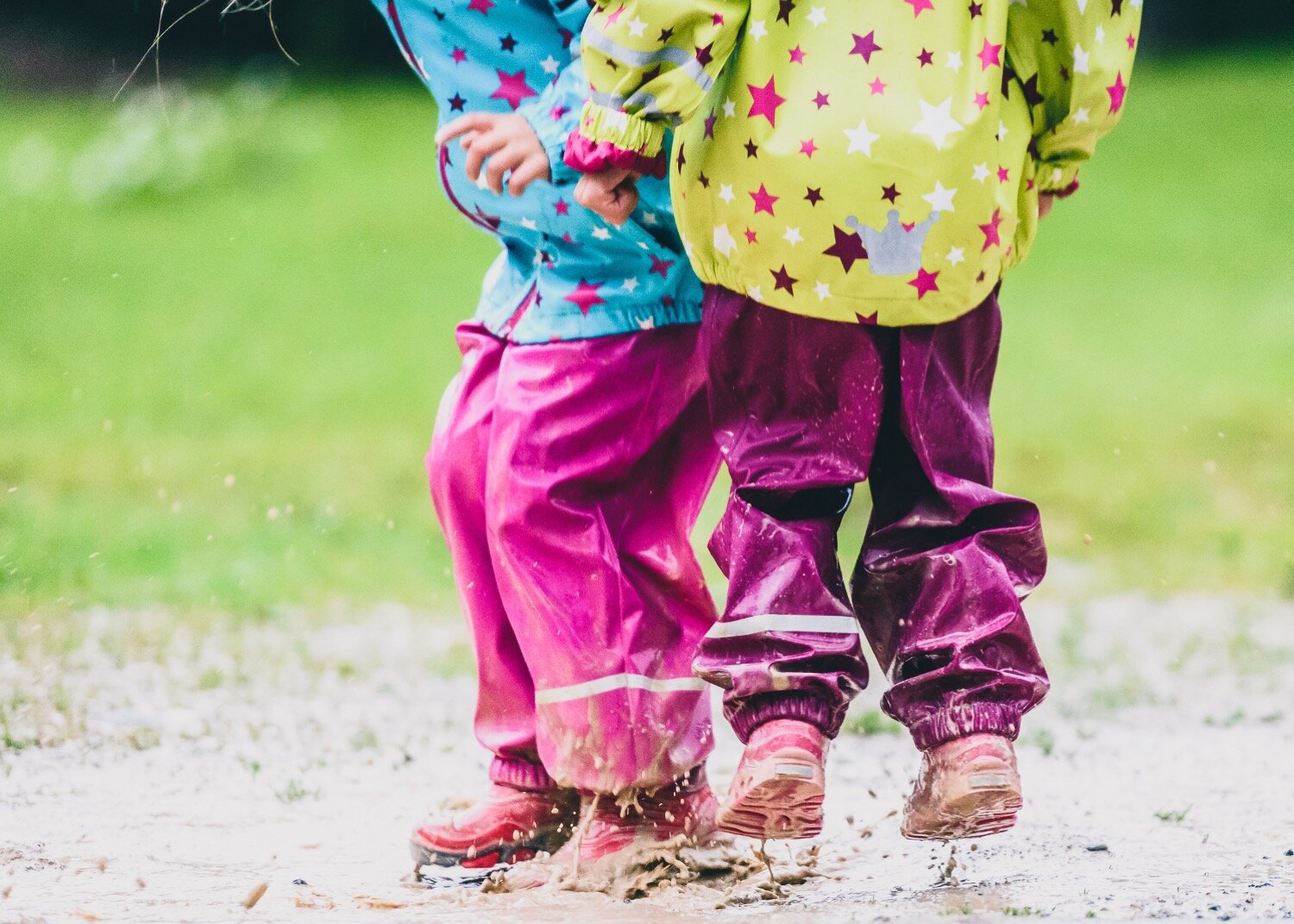
How Movement Activities Promote Speech and Language Development
Have you ever heard of the vestibular system? This system is related to body movement and balance, and it’s activated whenever your child engages in physical activity. When he runs or jumps, climbs or somersaults, dances and freezes, his vestibular system is involved.
And guess what. Research tells us that the vestibular system plays a HUGE role in speech and language development. In fact, if your child has difficulties processing vestibular input, he is more likely to have a speech delay. (2)
Motor Planning, Articulation, and the Vestibular System
For one, the vestibular system helps your child’s brain with motor planning. And motor planning is important to speech development.
Speech requires that your child move an unbelievable number of tiny muscles –– and coordinate those movements –– every time he produces even one single word! And what if your little one cannot adequately process information related to muscle movements? It’s possible that this manifests as a speech disorder. This might mean apraxia of speech or an articulation disorder. (2, 3)
Receptive Language and the Vestibular System
You probably knew that your child’s auditory (hearing) system was involved in his ability to listen to you. But that’s not the only one! When it comes to receptive language, the vestibular system works with your child’s auditory system.
Why? Because not only does he need to hear your words when you speak to him, but he needs to determine where those words are coming from and who is producing them. And then he needs to focus on those words to process them. If he’s unable to do any of these things, he’ll show difficulties with skills like following directions, understanding questions, responding to his name. Later, he might struggle with engaging in conversation. (3)
So, you know the benefits of movement activities. But time is limited. I get it. You don’t want the limited time you have for targeting speech and language development to be spent with your child running around the yard’s perimeter.
What if you could do both? Target speech and language development while engaging your child in movement activities?
You can. Enter: movement games for speech and language learning.
Three Favorite Movement Activities for Speech and Language Development
Choose your games and goals carefully! Be sure to keep in mind the skills your little one needs to develop. We want the movement activities to be fun, functional, and individualized. I’ve collected three favorite movement games and easy speech and language targets for each. These games and many more are available in Speech and Language at Home’s Early Intervention Handouts for Play Skills.
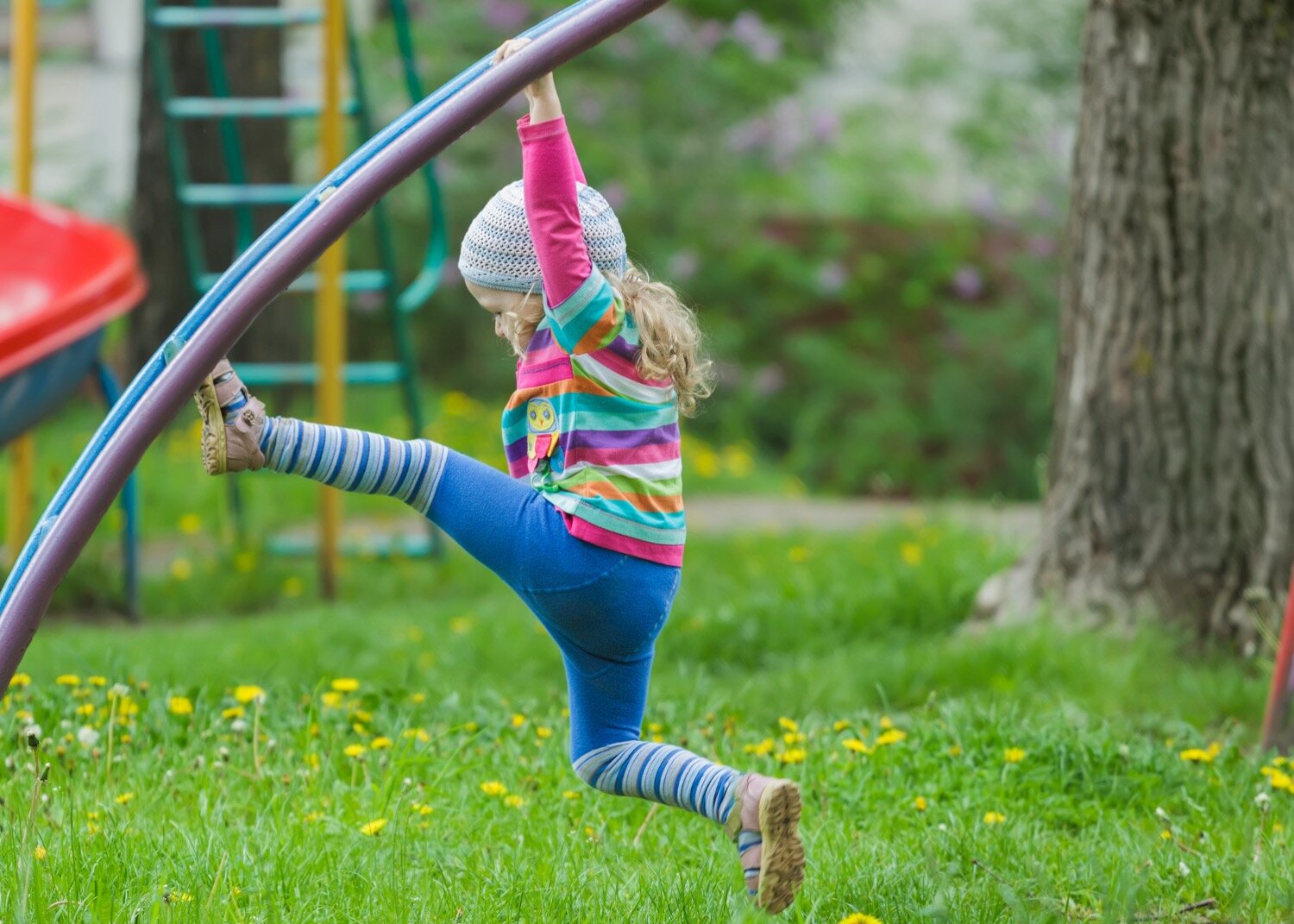
Ring Around the Rosie
This age-old movement game is consistently a hit with the children I see. With the circular rotating and silly falling, it’s full of good movement input for your child’s developing brain.
Ring Around the Rosie is also perfect for teaching requests, given how quick the game is. And you can help your child practice requesting, even if he is not yet verbal!
To begin, simply engage your child in one round of the game. When it’s over, and you’re both sitting on the floor laughing, pause and wait. Does your child look at you expectantly? Does he take your hands to hold them? Maybe he vocalizes or gestures to show you that he wants to play again? You can verbally say or sign “again” or “more” to model a more mature request. Or use a picture card! Over time, your child may make a request independently.
Hokey Pokey
You probably remember Hokey Pokey from your own childhood. With the isolated movements of body parts, the shaking, and the spinning, the brain gets lots of important stimulation.
Hokey Pokey is perfect for teaching imitation. And, if you remember, imitation is a fundamental skill when it comes to speech and language development.
If your child is preverbal, practice imitating the actions of the game! Does he follow your lead, putting his hand in the circle and taking it out? Does he shake it when you do? If he needs a little help, try some gentle physical prompting. After a while, especially because the song is repetitive, your child may begin to imitate the lyrics, too!
Obstacle Course
Who doesn’t love a good obstacle course? The best part about an obstacle course is its versatility. Use whatever you have around the house on any given day to change up the course and encourage different movements. Try cushions to crash on, laundry baskets to climb over, tables to crawl under, hula hoops to jump through, and more.
And remember those basic concepts we need kids to learn? An obstacle course works perfectly to target them –– especially spatial concepts.
As they go around, through, under, and over obstacles, highlight the respective words! If your child needs support, do the course together! Hold hands or have him follow you. As he develops an understanding of the spatial concepts, make the course harder. Give directions for what comes next, and see if he can follow them.
Keep Movement Activities Therapeutic
Load the movement games with lots of fun, but don’t forget to keep them therapeutic.
Take data. This will help you see progress over time in your little one’s speech and language development. Our Early Intervention Handouts for Play Skillsinclude datasheets for each movement game to make data-taking simple.
Incorporate other kinds of play. Are you wearing your child out on the movement activities? Try other fun activities, too, with classic toys and Do-It-Yourself play materials. These are also included in the handouts.
For now, get moving!
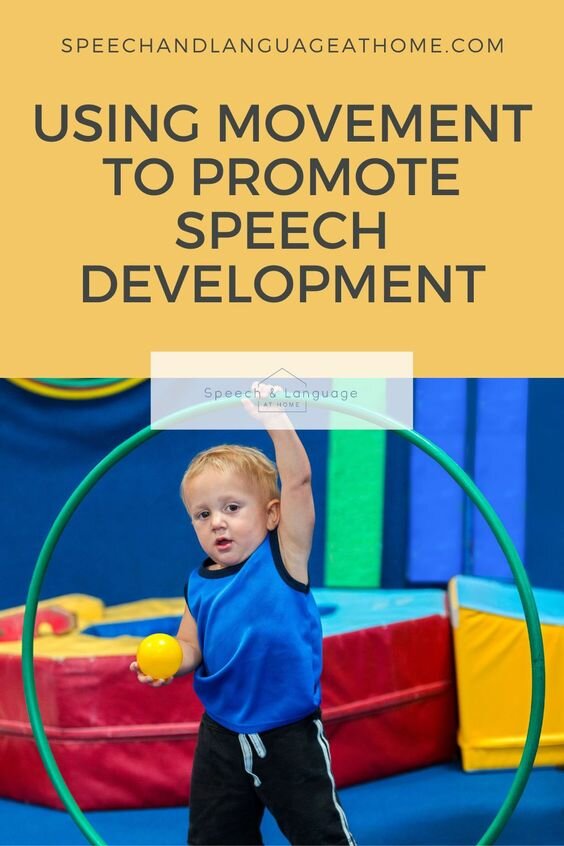
Sources
